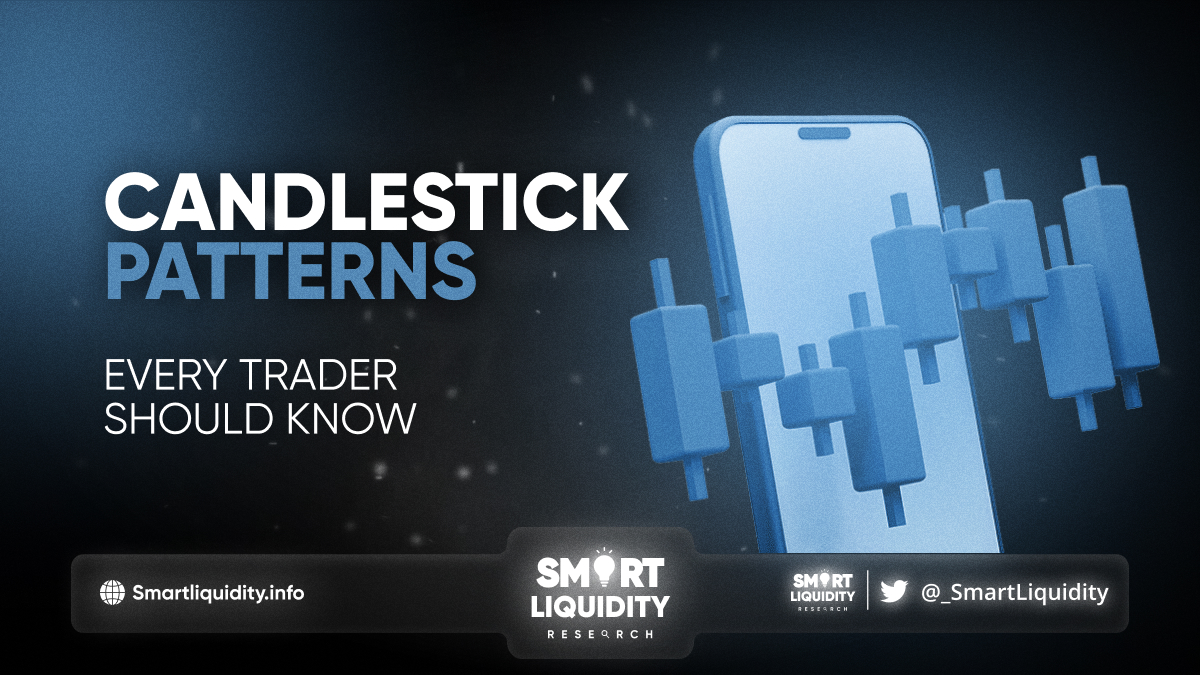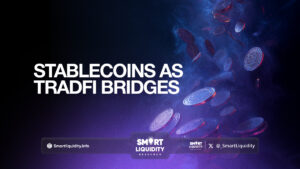Candlestick Patterns Every Trader Should Know


You won’t be exchanging candlelight with the neighbors. You can consult a candlestick chart better to comprehend the dynamics at play with your investments. Learn to purchase and sell depending on the way the candlestick pattern looks. People utilize other sorts of charts, notably OHLC charts and line charts. On the other hand, candlesticks are special because of their clarity.
What Is Candlestick Pattern?
Technically, candlestick charts compress information for numerous periods in a single price bar. As a result, these bars are more informative than the more basic OHLC ones or a straight line connecting the last prices seen. Once a candlestick pattern is complete, it can be used to make a forecast about where prices are headed. The correct color coding gives this brilliant technical tool, used by Japanese rice traders during the 18th century, greater depth.
Candlesticks are most useful daily because every candle represents a whole trading day’s worth of information and price fluctuations. Long-term or swing traders may benefit more from candlestick charts.
Moreover, every flame has its narrative to tell. Ideally, it would help if you thought of a candle as a rivalry between customers and sellers. A bright candle (often displayed in green or white) indicates that buyers prevailed, while a darker candle indicates that sellers did. What makes candlesticks appealing, though, is the action between the close and open, as buyers and sellers battle.
How To Interpret a Candlestick Pattern
The OHLC formula is based on a market’s high, low, opening and closing (OHLC) prices on a given day. For a price decrease, a dark color (red or black) is assigned to the rectangle’s real body, or just the body, whereas a light color indicates a price increase. The slender, horizontal lines that extend from either side of the candle’s central body indicate the day’s lowest and highest points, respectively, and are known as wicks or tails. The proponents of a candlestick, when viewed as a whole, might indicate a change in market direction or identify large prospective swings, but these are only sometimes confirmed the next trading day.
Which candlestick pattern is most reliable?
📊The Shooting Star Candlestick Pattern
Regarding intraday trading, the shooting star candlestick is often recognized as among the most reliable and best candlestick patterns. Bearish reversal candlesticks, which indicate a high, are more common in this intraday chart than hammer candles, which indicate a bottom. Unless at least three successive green candles appear, the shooting star candlestick is unlikely to appear. After the pattern has formed, it suggests that interest in, and the value of, the stock will rise.
The candlestick’s full shadow is typically twice the size of the candle’s body, which is crucial information to remember while analyzing this intraday chart pattern. That means profit-seeking investors have closed their positions just as the last of the panicked purchasers have joined the market. Traders that arrive late but push prices higher are caught off guard when short sellers drive prices down close to the candle (around or below the open). Latecomers are now quickly selling off their positions, causing widespread panic amongst the market’s regular participants.
📊The Doji Candlestick Pattern
Forex and stock traders employ the Doji pattern frequently because it is a renowned candlestick pattern for trading. Doji represents market uncertainty and hesitation. This candlestick’s reversal pattern could be bearish or bullish, depending on what came before it. Long shadows indicate that the opening and closing prices of the pattern are virtually identical. More importantly, the pattern may have a small body even though it appears near.
As a broker, you will be given an indicator that, based on the prior candles, forecasts the direction the reversal will take. With bullish candles, a quick signal is generated by a break below the Doji low, and a trailing stop is placed above the Doji high. Suppose you’re a trader interested in using the Doji candlestick pattern. In that case, you should know that reading requires a great deal of experience, so it’s a good idea to practice understanding it on trading simulators until you start trading for real.
What Is The 3 Candle Rule?
Since the technique is multi-currency, you can use it with different metals, currency pairs, and indexes. Your discretion is also extended to the duration. It’s crucial to remember that even on M5, there could be many signals, misleading signals are common, and the potential reward could be low.
Longer time frames, such as H4, will have fewer signs, and acting on those indications could take many trading days. For this reason, we shall implement respective Stop Loss orders. After a prolonged upward momentum, the price typically stalls out at the resistance level and is followed by numerous consecutive candlesticks of the identical color.
Then, three candlesticks with oppositely elongated bodies form (of the other color). Only the upper candlestick shadows are unimportant. Therefore they might be large; the bottom ones, however, should be negligible or nonexistent. It would take too much time to find a set of circumstances in which there are no shadows at all, so for the time being, let’s treat even little shadows as if they were an acceptable degree of error.
The second candlestick opens at a price within the first candlestick’s body, and its closing price is lower than the first candlestick’s. The opening price of the third candlestick is within the body of the previous candlestick. However, the closing price is much lower than the preceding one. So, now there are Three Crows. Long-term chart evidence supports this theory, revealing that the Three Crows pattern merges into a single, massive candle.
Conclusion
Like other types of technical analysis, Candlestick analysis has survived for so long because traders consistently use its principles. Although candlesticks can be used in conjunction with other methods of technical analysis, including momentum indicators, they can also be used to interpret charts.




